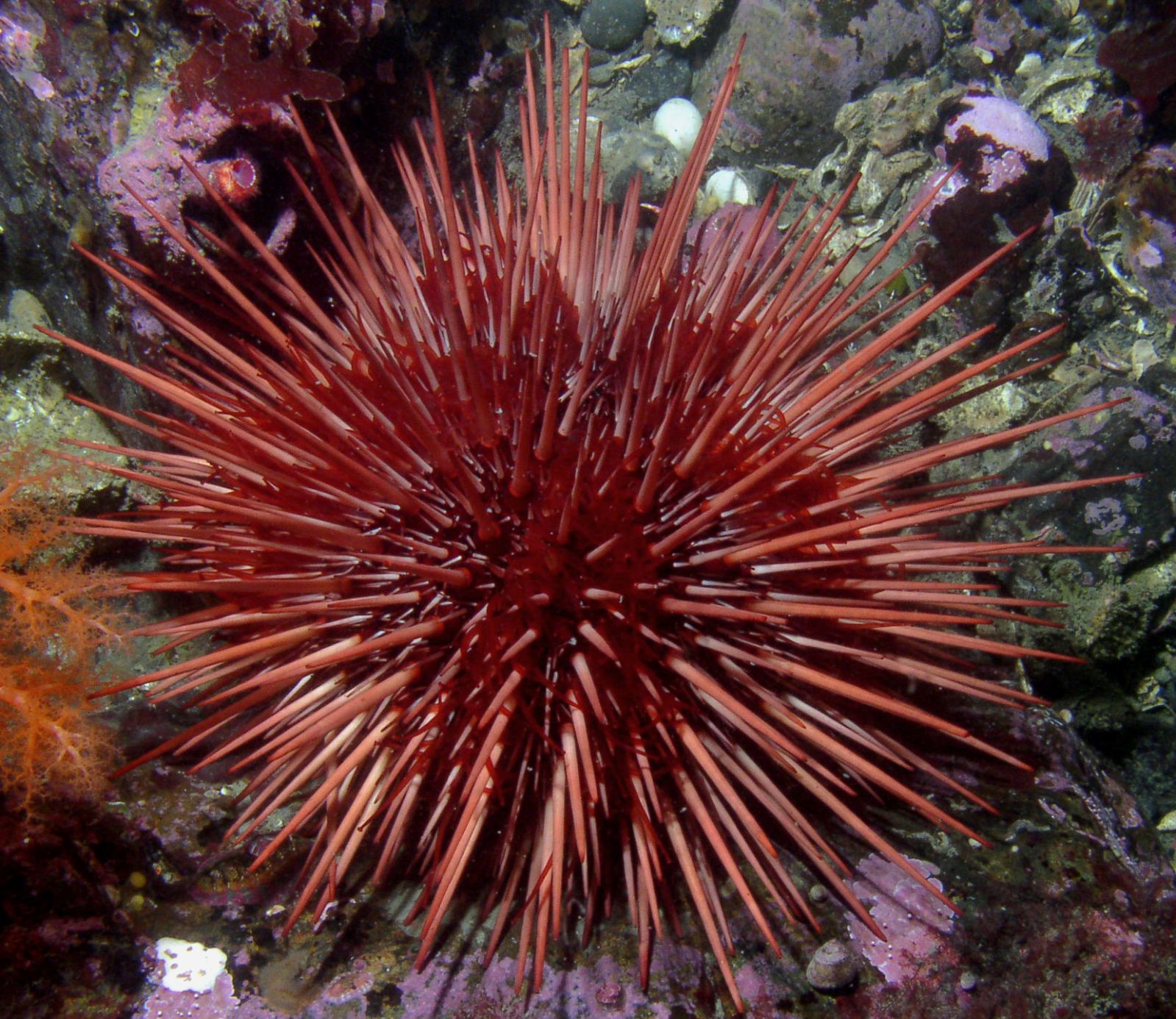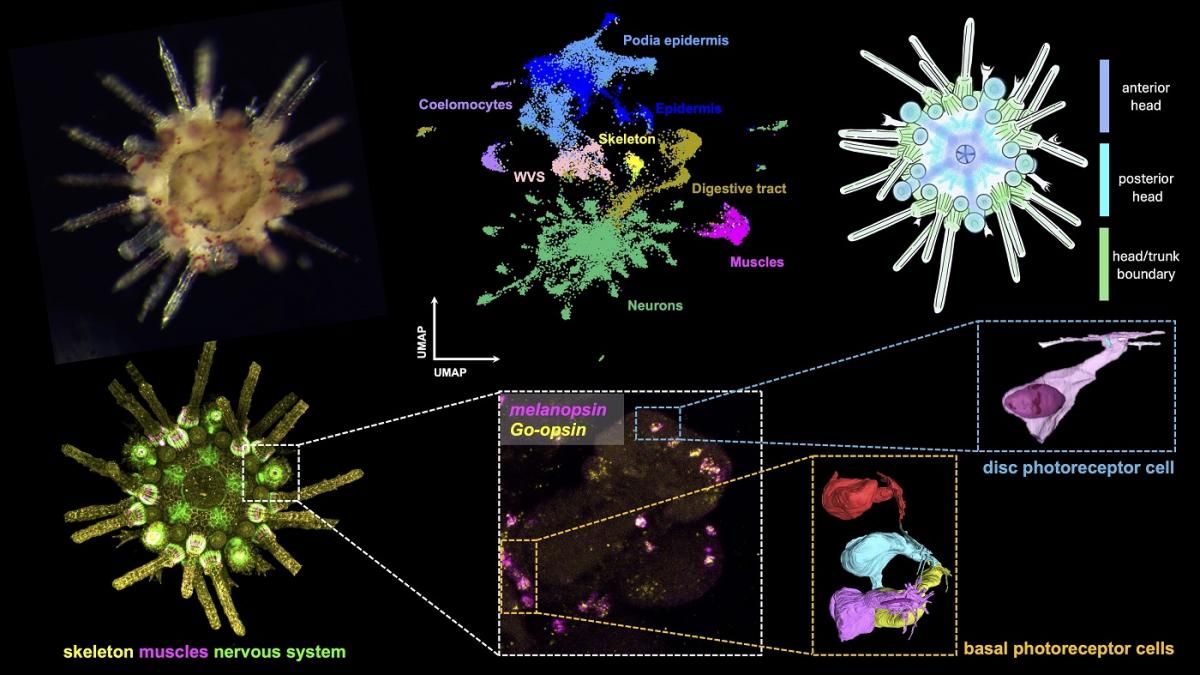🧠 This animal turns out to be... a giant brain
Published by Cédric,
Article author: Cédric DEPOND
Source: Science Advances
Other Languages: FR, DE, ES, PT
Article author: Cédric DEPOND
Source: Science Advances
Other Languages: FR, DE, ES, PT
Follow us on Google News (click on ☆)

Wikimedia Image
Echinoderms (which notably include sea urchins and starfish) exhibit a particular development: they begin their existence in a bilaterally symmetrical larval form, similar to many other animals, before metamorphosing into adults with radial symmetry. This transformation poses a fundamental question to biologists: how can the same genetic heritage orchestrate two such distinct body plans? The answer appears to lie in a profound cellular reorganization, where the nervous system plays a predominant role.
An unprecedented body architecture
Genetic analysis of young sea urchins after metamorphosis has yielded surprising results. Their adult body exhibits a primarily "cephalic" genetic signature. The genes usually associated with trunk development in bilateral animals are only expressed in internal organs such as the intestine or the water vascular system. The organization in the sea urchin indicates the absence of a true trunk region, with the entire external body being structured as an extension of the cephalic region.
This unusual distribution challenges classical anatomical categories. Researchers from the Museum für Naturkunde in Berlin and the Stazione Zoologica Anton Dohrn in Naples observed that the boundary between head and trunk, so clear in most species, appears to have faded during the evolution of sea urchins. Their external body envelope would function as a vast, unified sensory and neural region.

The metamorphosis of sea urchins thus represents much more than a simple change in form. It corresponds to a fundamental reorganization of genetic expression, where typically cephalic developmental programs take precedence over those dedicated to the trunk. This discovery opens new perspectives on the evolution of body plans in the animal kingdom.
An integrated and sensitive nervous system
The neuronal diversity identified in the sea urchin exceeds all expectations. Hundreds of different types of neurons coexist, expressing both genes specific to echinoderms and highly conserved genes found in the central nervous system of vertebrates. This unique combination presents an integrated system rather than a simple decentralized nerve network.
Light sensitivity appears particularly sophisticated. The photoreceptor cells, distributed throughout the entire body, express different opsins, light-sensitive proteins. A specific cell type even combines melanopsin and opsin, indicating an ability to detect and process light stimuli without a dedicated visual organ.
This "body-wide brain" organization could represent an alternative evolutionary solution to neural centralization. The sea urchin's nervous system demonstrates that distributed cognition can achieve notable functional complexity. This work, published in Science Advances, invites us to reconsider what constitutes a complex nervous system in the animal world.